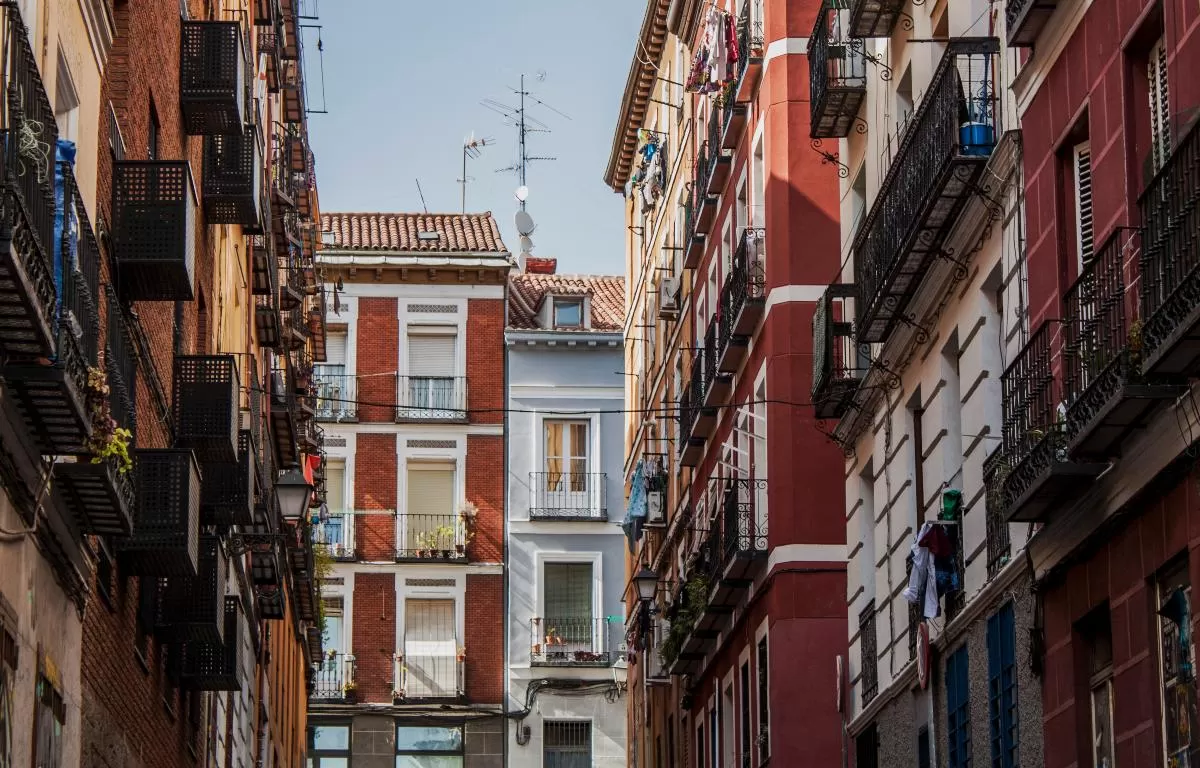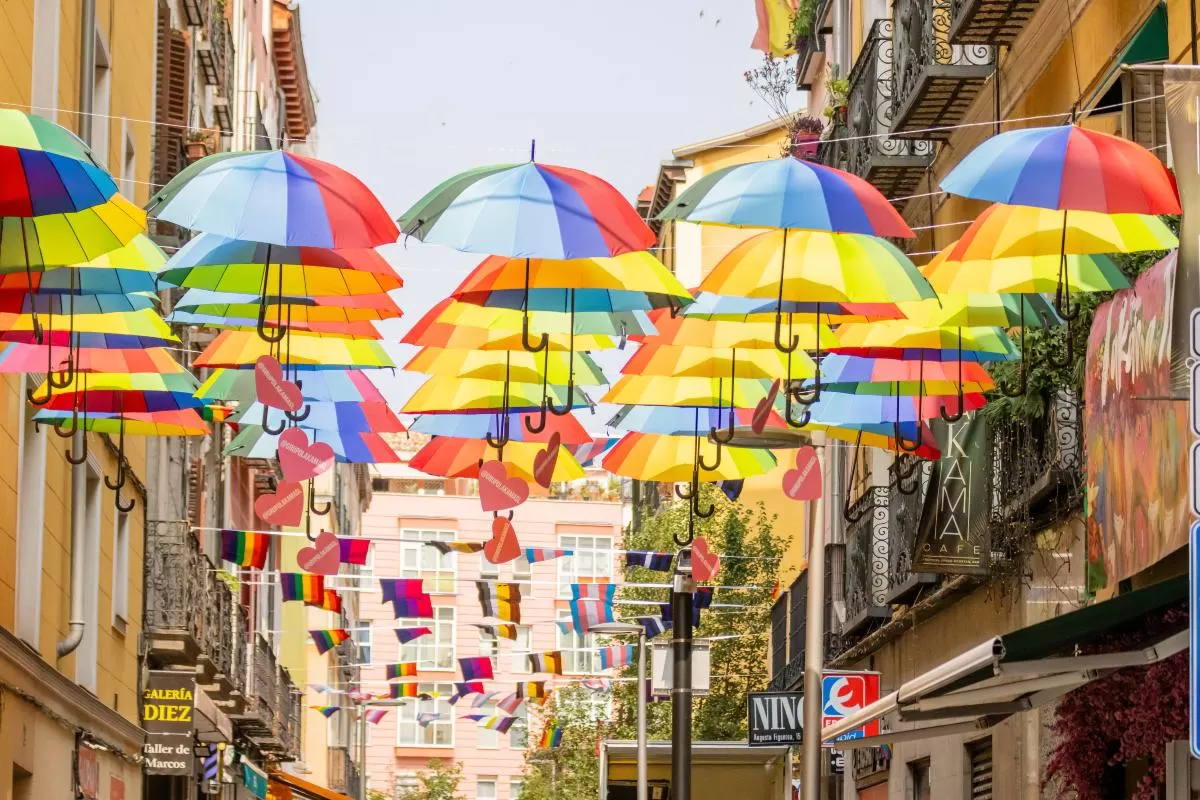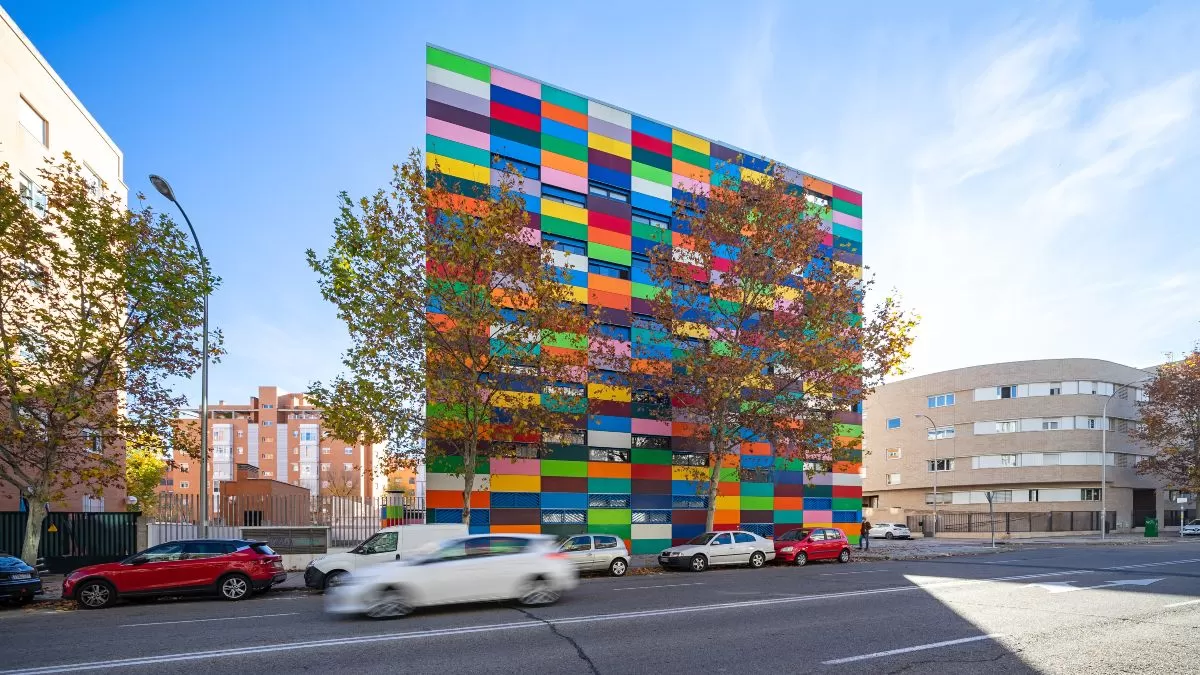Madrid This is the largest city in Spain and full of hotels of all kinds, from 5 stoves to boutique and from hostels to Airbnb. So, what do we do with your stay in a huge city and with as many choices as Madrid? First we have to choose the area we will stay to limit the proposals automatically, but what area is ideal for someone traveling to the Spanish capital? Madrid is a city consisting of many separate neighborhoods and each with their own charm. From the Royal Los Austrians to Art Karabancell and from the well-made camera to the supernatural salt-granny Via and from the multicultural masters to the LGBTQ+ scene in Chueca, there is an area that meets all types of visitors. So find the one who suits you!
If you find it difficult to choose a base for your trip, we have made a guide to help you choose the area that is right for your tastes, needs and preferences. Below you will find the best neighborhoods in Madrid for accommodation.
Travel to Madrid? See also:
The best areas to stay in Madrid
1. Malasaya
As the focus of Movida Madrileña (an antipolitical movement in the 1980s) until it became one of the most modern neighborhoods in the city, Malasanya has undergone significant transformations over the years. It is true that the character of Malasanya has changed and that the traditional neighborhood atmosphere – which can still be found in small businesses and local bars – is beginning to fade as the new types of businesses are growing in popularity. Today, modern restaurants, cafes and cool boutiques of the city dominate the area.
2. La Latinabario

La Latina is the perfect place to go out for a weekend, you can see El Rastro’s market benches or enjoy one or two aperitifs while here. In fact, there is even a Spanish word for this kind of pleasant adventure – Latinoaro – comes from the name of the neighborhood. The area is constantly surprised by visitors as there is something to do almost all the hours of the day. The decisive feature of La Latina is its flexibility and ability to transform and adapt to what requires the moment: from the aperitif to the roofs to the nights in the clubs and, of course, food to its modern restaurants.
3.Lavapiés

This neighborhood embodies the cultural merger that Madrid has been experiencing in recent decades. Indian restaurants are side -by -side with traditional Madrid taverns and immigrants form the social tissue that Lavapiés is in operation. Every August, Lorenzo San Lorenzo’s festivals carry a lot of Madrillenios to explore the rare, labyrinthful roads of the neighborhood. October Tapapiés, where neighborhood bars and restaurants serve cheap and delicious tapas, has also become a fact that if you are in Madrid at that moment, you should not miss. This is a busy area, so if you want to live it authentically, go early in the morning to walk the narrow streets and watch this neighborhood wake up live.
4. Chueca

Known as the LGBTQ+ neighborhood of the capital and the center of the city’s pride festivities, Chueca has a clear cosmopolitan atmosphere – all this without losing its identity as a traditional neighborhood. Here you will find boutiques, bars and companies that are managed by and for the Queer community, as well as others aimed at the general public. There are also many pubs and restaurants from the old school that are classical values, even when they arrive at Chueca.
5. Karabanchel

Modern galleries, creative spaces, traditional cuisine – Karabanchel is for Madrid what a Soho for New York and is on the list of time with the largest neighborhoods in the world. This neighborhood in the southern part of the city has been developed as a work area on the outskirts of the city, but over the years it has become a destination in itself, where the peak and tradition are combined. From seeing works of art at the Veta Art Gallery, trying traditional tapas at the La Casa de los Minutejos, enjoying a concert at Gruta 77 or enjoying the festival of the San Isidro Festival everyone, you have something to love in this diverse neighborhood.
6. Austria

7. Chamberí
It was once used as a place to hunt, and later the seat of the aristocrats of the city, Chamberí has always been in the city’s news. This is a traditional neighborhood free from the tourist bustle and the bustle of the city center. With large roads and apartments at impressive prices, it has become a hot spot for fine and stylish restaurants. Not only thanks to the rejuvenation of Kale Ponzano – a “mandatory” attitude towards tapas lovers and good food – but also because of the traditional restaurants and taverns that withstood the time test. Chamberí has always been known for its traditional tapes of tiles and traditional steel bars where you can drink some canny (small beers) or Sunday Vermouth (tradition of Madrid), surrounded by locals. What is missing from this area, the green spaces (parks are scarce) fill it with awe, as well as its cultural spaces, which survive specifically thanks to the adult population, which still goes to the museums of cinema, theater and the arts. Here you can still find this selective balance between tradition and peak lost in other areas of Madrid.
8.barrio de las letters
After the home of the Great Writers of the Golden Age of Spanish Literature, including Cervantes and Kevendo, nowadays, Las Skytras has some of the most important museums of Madrid: the Museum of Prado, Rhine Sofia and Tisen-Noris. Calle Huertas is his most important way for the popular Plaza de Santa Ana, you will find many terraces where you can enjoy a drink or something to eat. In recent years, the area has undergone a transformation: where the cheapest choice once dominates, you will now find a variety of elegant stores that sell everything, from clothes and accessories to home decoration, restaurants that suit any budget (from Michelin Star restaurants to grocery stores). One thing has not changed: nightlife remains as vibrant as always in this strategic center in the heart of Madrid.
9.SOL-GRAN VIA
The Salt area in Madrid is the biggest attraction for tourists coming to the Spanish capital. This is not only because it is the very heart of the city, where there are iconic stages such as Puerta del Sol – where you will find the statue of El City and El Madrono, which is the symbol of the city – but also for all its surrounding streets. This is the ideal shopping area: in Grand Via you will find large, well -known large chains, but you will also find authentic stores offering handmade products nearby, perfect if you want to buy original and unique souvenirs.

